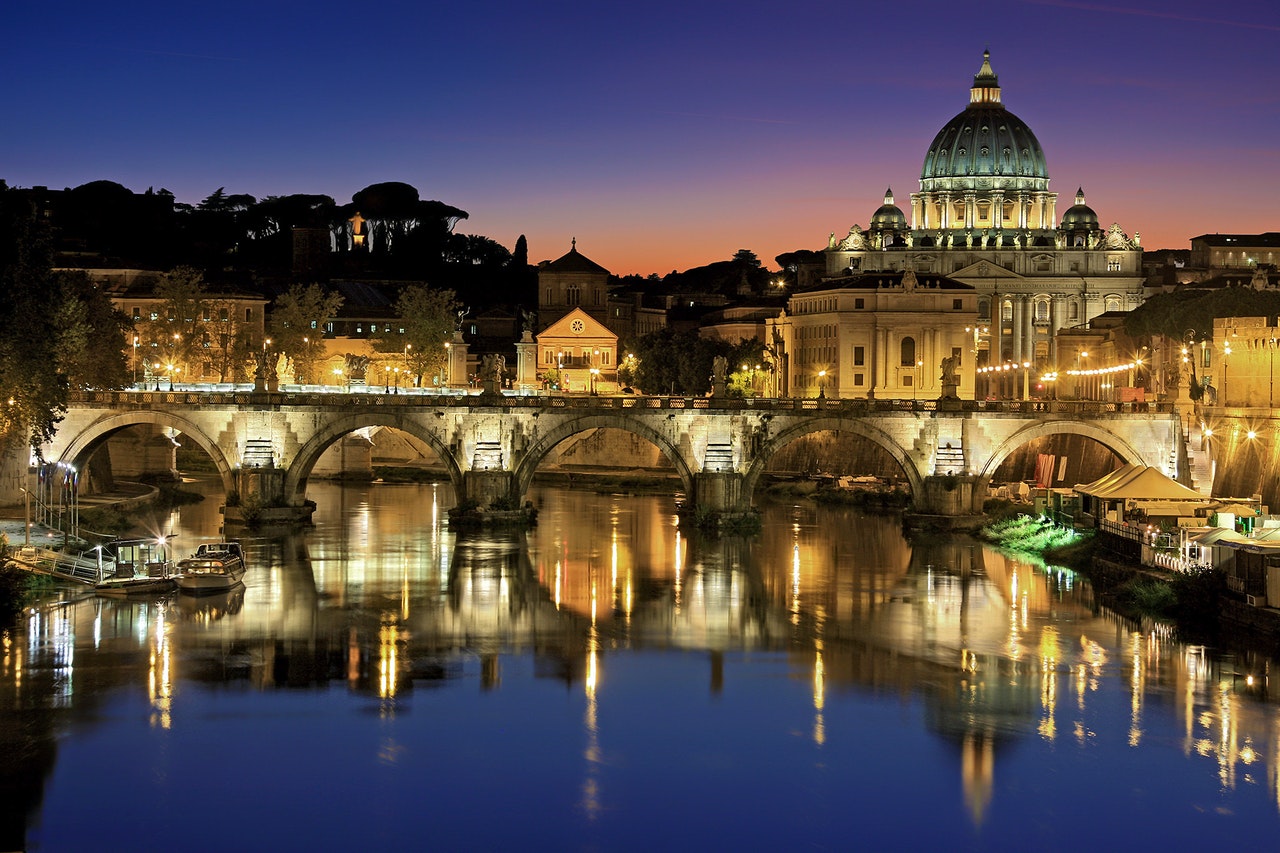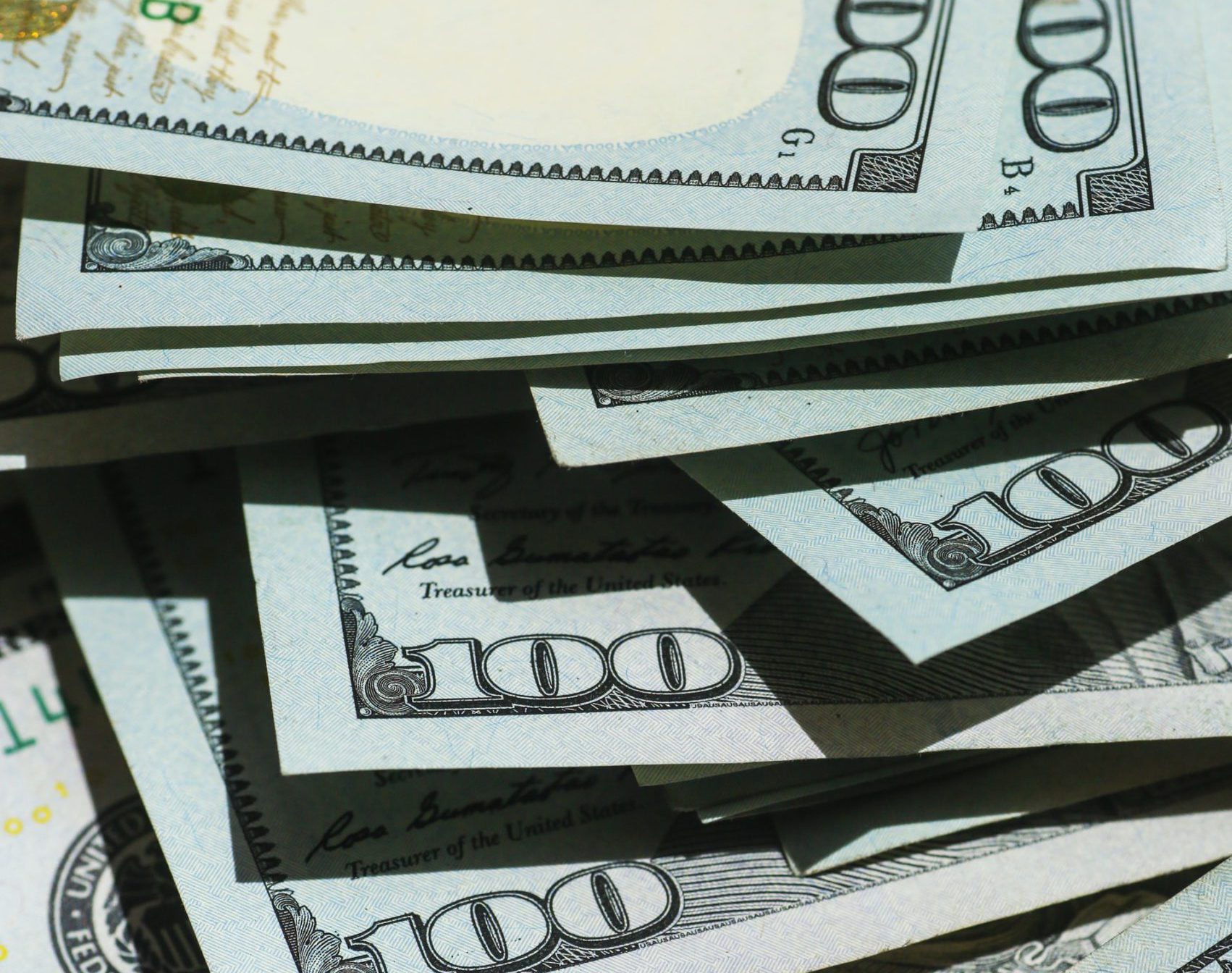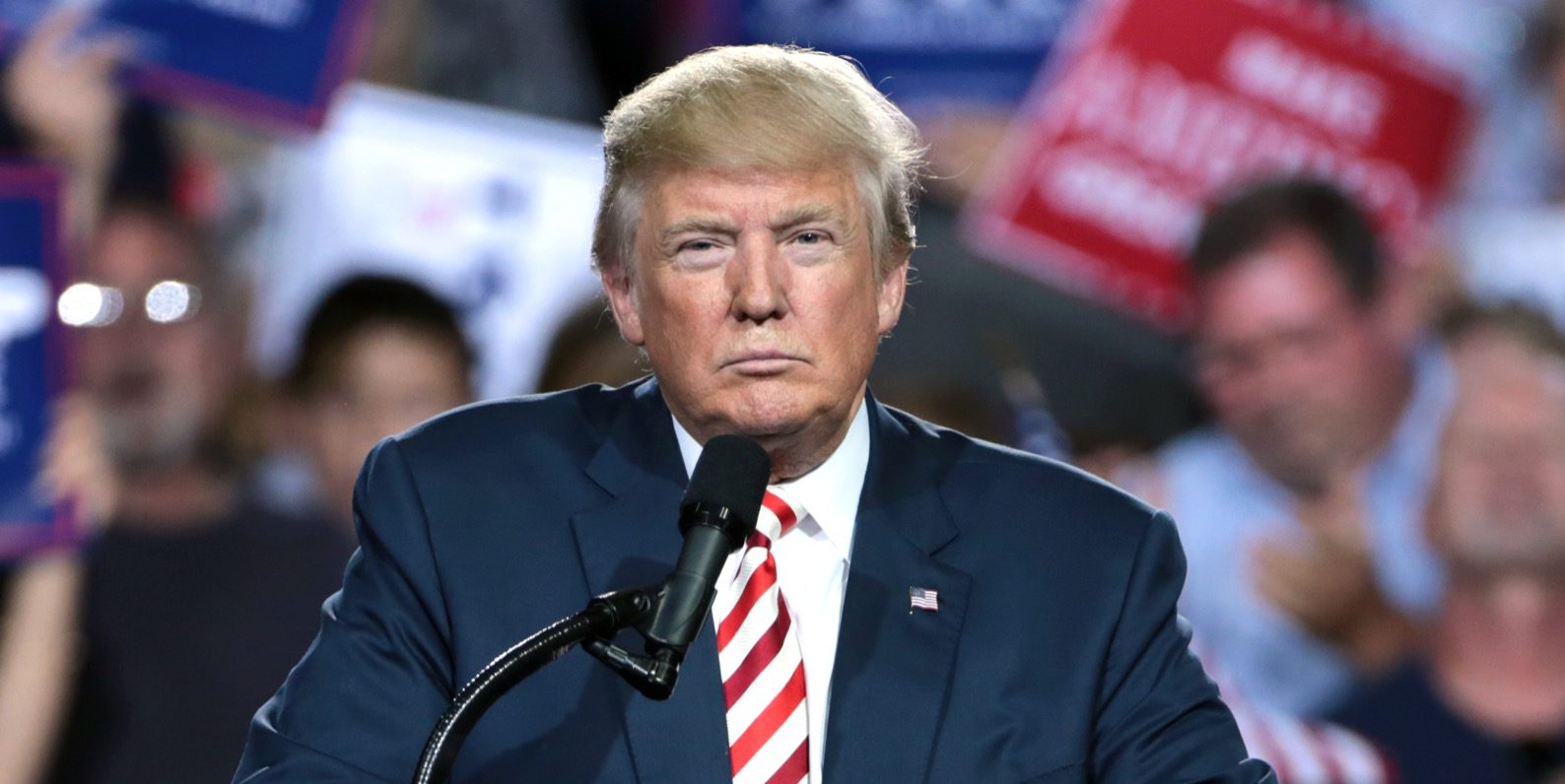The process to elect Italy’s next president gets underway today (Monday), with current prime minister Mario Draghi in pole position to take over the largely ceremonial role.
The election will take place among politicians, who are faced with a particular dilemma: keep Mr Draghi, the nation’s most celebrated technocrat with extensive experience as president of the European Central Bank, as prime minister – with a term due to end in 2023 – or elect him to president and force the country to come up with a successor as prime minister?
As the uncertainty renews anxieties about Italy’s ability to implement difficult but long overdue reforms to improve its growth prospects, BusinessNow.mt reached out to three Maltese economists to find out more about the implications of Italy’s presidential election on Malta’s and Europe’s future.
The central issue is that Italy’s debt and economy are too large for the European Union to allow it to fail. The NextGenEU funds, the EU’s €750 bn COVID response, of which Italy will receive the lion’s share of around €170 bn, will certainly help, and Mr Draghi’s plan for how to spend them has created a broad political coalition of consensus across most significant parties.
The question, then, is would his leaving the role of Prime Minister put this tenuous political peace and economic recovery in jeapordy?
Stephanie Fabri – Economist
In general, for each and every country, the political and economic are highly intertwined. Empirical studies consistently show that political stability is linked to economic stability and vice versa. That is, when there is political stability, it is likely that there is economic stability and growth which in turn enhances political stability. On the other hand, economic instability and times of crisis shatter the political stability.
After years of political instability and economic decline, two elements which fed into one another, and continued to degenerate the situation in Italy, Mario Draghi managed to start restoring stability and confidence in Italy’s political and economic agendas.
He has a clear political and economic vision which enhanced perception for investors. A vision that is providing hope for Italians, and a vision that has reignited Italy’s untapped potential.
Eleven months are surely not enough to make this happen. I believe that for the sake of Italy’s political stability and economic progress, Mr Draghi keeps his position as Italy’s Prime Minister.
Despite the fact that Italians seem to be divided on the “Draghi effect”, Italy stands to gain from this effect. Economic development highly depends on political vision, which ultimately rests on the chosen leader and their team. Mr Draghi is a highly respected technocrat, with an impeccable experience in policy-making.
Achieving sustainable growth is extremely tough at a political level. It requires long-term investments which might not leave an immediate impact on society, leaving citizens with the feeling that the government might not be doing enough to improve their quality of life. For example, heavy investment in creating a knowledge-based economy will generate rewards only in the medium to long term, exceeding the legislature timeframe.
Draghi, a technocrat at heart, is taking bold and difficult decisions, especially to start reducing the pile of debt that Italy gathered throughout the years. He is fully committed to implementing the EU recovery plan. If Draghi does not remain Italy’s Prime Minister, it would result in negative implications not only for Italy but for the EU and its integration with respect to the recovery plan and vision.
He is the European successor to Merkel and therefore even from a European level it would be important to have him as PM and not President. Thus, the political dynamics at an EU level could change if Draghi does not keep his place and is replaced by someone who is not fully committed to implementing the EU’s recovery plan and all the work Draghi did over the past months.
Stephanie Vella – Director, E-Cubed Consultants Ltd
Italy has seen a sharp increase in debt, once again raising doubts on the sustainability of public finances. This time, the sharp increase in the debt to GDP ratio has been driven by the COVID-19 pandemic which led to a severe drop in GDP as well as an increase in the fiscal deficit, required in part to battle the pandemic.
A high level of public debt is a major source of vulnerability, not only to Italy but also to the Eurosystem.
The source of concern is that a high public debt limits the fiscal space which is required to manoeuvre during uncertain times. Indeed, it is the persistent high level of debt which prevailed even prior to the 2008 debt crisis that is the matter of concern. Also, a high debt level gives rise to high interest rates which negatively affect investment and consumption, two of the drivers for economic growth.
In the short term, government has an important role to play in supporting economic recovery. Therefore, the increase in debt in the short term to address the pandemic is justifiable. However, in the medium and long term, the sustainability of public finances depends on the extent to which fiscal policy is contributing towards economic growth.
In Italy, unfortunately, growth in long-term productivity remains constrained by barriers to investment in both the private and public sectors. As highlighted by the Commission, reforms need to be aimed at removing persistent barriers to investment planning, execution, and absorption.
The private sector needs to function in an environment which is free from bureaucratic hurdles and conducive towards building physical and human capital. The banking system must be strengthened and the public sector needs to ensure that resources, which are limited, are used in an efficient and effective manner. For instance, while funds such as NextGen EU will help in supporting growth, the effectiveness of such funds depends on how they are rolled out and absorbed.
Italy requires strong structural reforms to address these productivity concerns. Tax reform needs to be adequately addressed and expenditure needs to be targeted towards productive activity. Significant investment is required in research, innovation, and infrastructure. Efforts are also required to address youth unemployment and enhance labour participation.
Finally, it is important to stress that the market has not fully restored its confidence in Italy and any unfavourable movements in the interest rate would jeopardise the sustainability of public finances.
A credible plan on the implementation of structural reforms, backed by strong governance and political will, needs to be communicated in order to ease market concerns.
Edward Cachia – Founder, Machia
Mario Draghi’s venture as Prime Minister is far from done. He did calm the corridors of Italian power but he has been given the role during the first wave of the coronavirus when the country was already heavily burdened with debts.
Therefore, all that he has done so far, which is positive and reassuring, is catching up with pre-COVID afflicted Italy. The actual economic generation plans that were being planned out in early 2020 were pushed to the side, because naturally a pandemic is a more critical concern.
If he leaves his PM role, a snap election is expected to take place. Therefore, his role as PM is far larger than just putting Italy financially back on track. It is also key to remember that the presidential role is about cutting ribbons and attending events, and not creating a new policy to lead the country forward.
If Italy falters, the implications would be disastrous in the short term given the concertina effect that defaulted sovereign bonds would create, which would send aftershocks to other European nations (in similar financial situations) such as Spain. However, the EU has set up a mechanism referred to as the European Stability Mechanism (ESM) which was created to limit the spillover effect onto other EU members if such a scenario takes place.
Specifically, for Malta, our issue would be down to trade given that Italy is one of our largest trading partners. The business community should be agile to find new markets to trade with in order to reduce market risk (something that they should be already doing, regardless of Italy defaulting or not).
As Machia, we believe that the right candidate for the job as Italy’s President should go to Gianfranco Fini. He fits the role of President perfectly.
About Italy’s current President
The presidential role has been held by Sergio Mattarella since 2015. Mr Mattarella is a respected Christian left politician who had served in various ministerial roles between 1987 and 2001, as well as a judge on Italy’s constitutional court between 2011 and 2015.
Born in Palermo, one of Mr Mattarella’s brothers, Piersanti, was killed by the Mafia in 1980. Another brother, Antonio, was managing director of the investment banking division of Goldman Sachs.
Dollar and crypto surge following Trump’s presidential win
Meanwhile, the financial sector is bracing for potential economic upheaval due to Trump’s trade and fiscal policies
What does Donald Trump’s return to the White House mean for business?
The new President-elect has promised to protect domestic manufacturers and cut taxes on companies
Lower than expected fares drive Ryanair profits down by 18%
The airline seeks to see growth of 300 million passengers over the next decade






